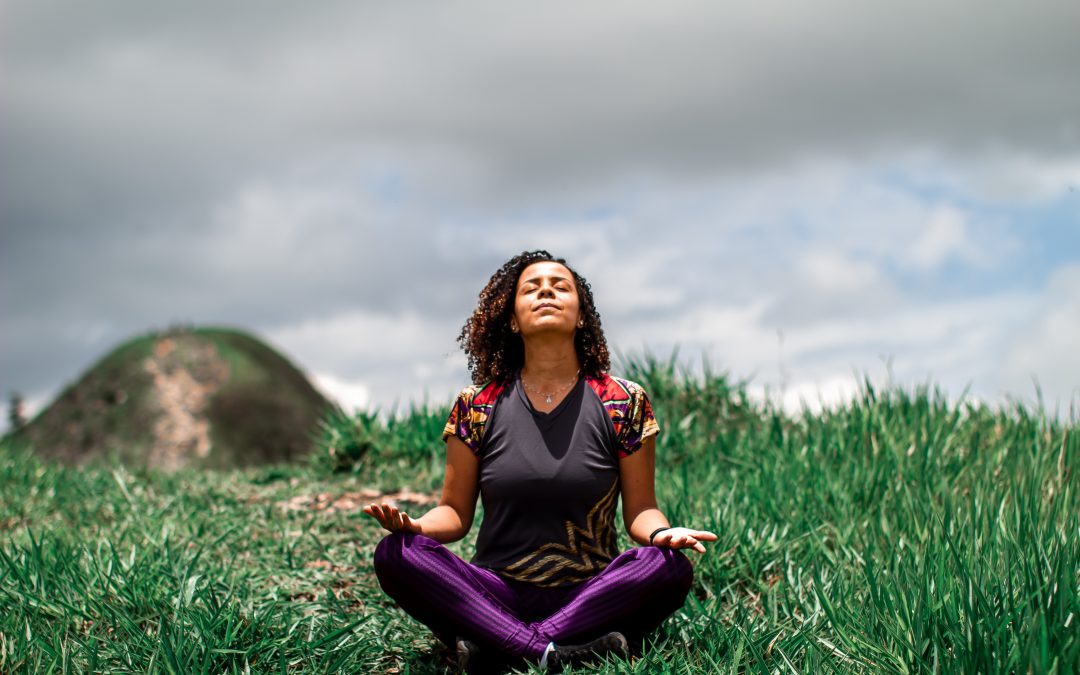About this post: For many people, panic attacks can feel so scary that it can cause them to develop a fear of panic attacks. They start worrying about worrying, but here are some ways to get out of this cycle.
I think most of us have experienced a time when we had a hard time controlling our worries.
The majority of us can also identify ways that our body feels when we get scared, but the majority of us don’t realize the strength of that bidirectional relationship. More importantly, we don’t recognize how much of that response is a conditioned response that we can change.
Whether you’ve experienced a full-blown or minor panic attack or just a bit of high anxiety, the strategies to tackle them remain similar. Practicing strategies can begin to take away the fear of these physical symptoms.
For some people, the physical symptoms that go along with worry can be a way to identify that anxiety is taking hold. For others, the physical feelings end up overtaking the situation and become the primary worry. We notice scary feelings in our bodies and then we worry that these feelings mean there is something wrong with us or something bad is happening to us. What we fail to understand is that these physical responses are engrained, learned responses that become stronger with each experience, but also can become weaker when we break them down.
Let’s look at an example. We may worry that we actually have COVID-19 even though our worry has brought on the symptoms that we think are COVID. Maybe you heard that COVID-19 causes shortness of breath – and then the next time you take a few flights of stairs, you feel short of breath so your mind goes to that earlier connection, signals your worry system (which signals your fight or flight response), and now, your heart rate is up, your chest is tight, your breathing is becoming shallower and you’re more and more out of breath. When you’re focused on the feeling in your chest and your anxiety alarms are ringing, it’s hard to remember that a normal activity, such as climbing up stairs, started a feeling that magnified itself many times over. It’s hard to remind yourself that a little shortness of breath can easily trigger other “fight or flight symptoms”. And when you can’t remember the explanation for the anxiety, you get stuck in the cycle of fear, worrying that each physical symptom means something worse than the last.
First, label what’s going on in a panic attack. This way you can tell yourself that it will pass, just as it always has in the past. Remember that telling yourself is not the same as convincing yourself, and convincing yourself is a longer process. At first, you at least want to break the strength of the hold over you. Telling yourself that it will pass (as it always has each time before) is a way to chip away at the engrained belief, dropping its intensity a small bit at first but then gradually breaking it down even more over time.
Next, try to find a way to turn down the stimulation. Every sensory experience is enhanced when you’re panicked, so you want to work on decreasing the stimulation around you and inside you. Some people pick a point of focus. Choose something in your line of vision, and describe it in detail. Notice the colors, the shapes, the size, the feel. Transfer all your focus and energy to this object and slowly your panic may fade.
Other people may choose to close their eyes because they want to drown out what’s going on around them. They choose an internal point of focus, like the breath as it enters and leaves their nostrils or the feeling of the chest with each breath. Consciously slowing down the breath, they slowly gain control over their body and bring themselves out of panic.
Try out different strategies and see what helps a bit, and then do it more. The more you practice, the stronger and more effective your strategy will grow to become. With time, you’ll gain control over the panic, and knowing that you can deal with it can help you stay in control in the moment and also help you stop worrying about panic attacks.
Written by Dr. Tejal Kaur, founder and medical director at graymatters
